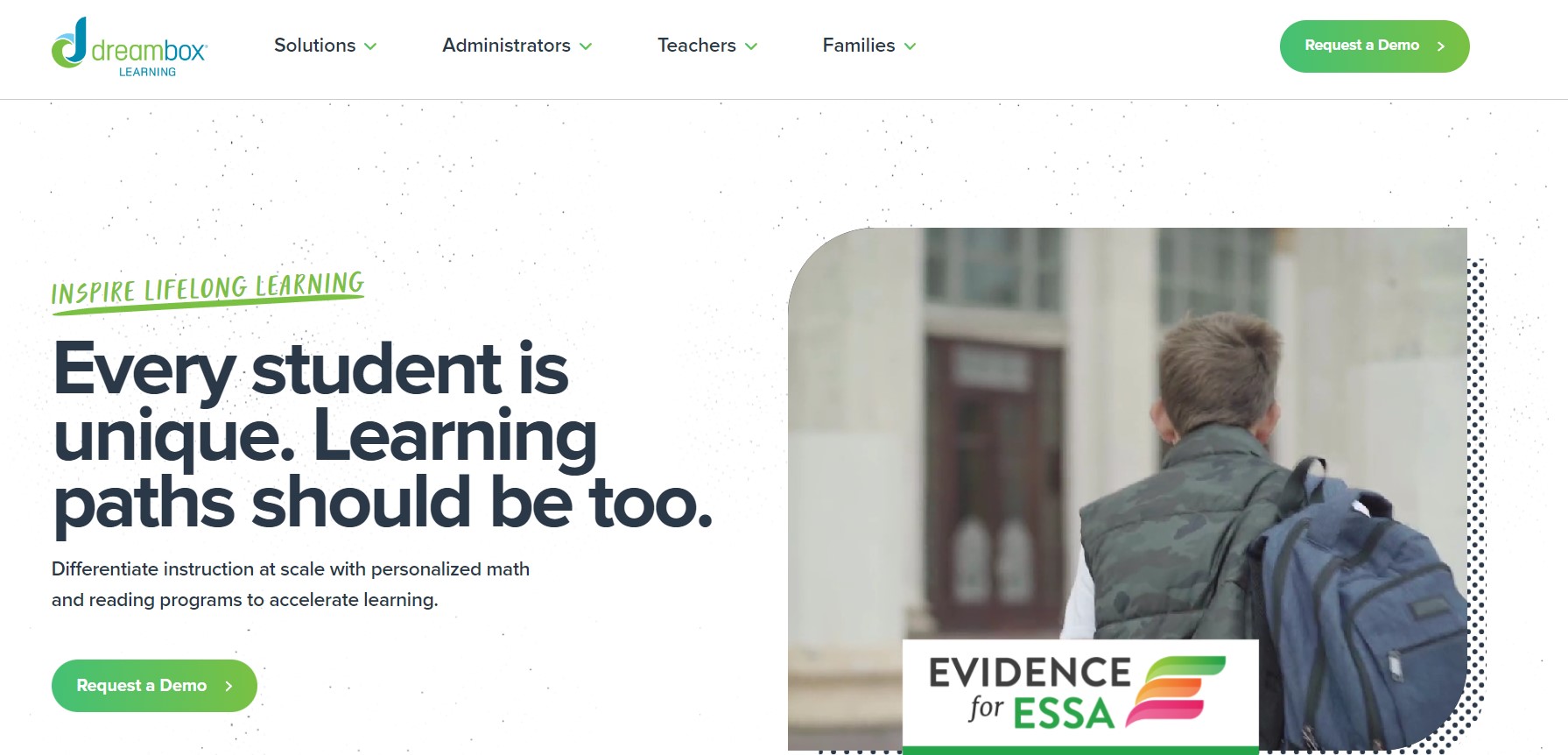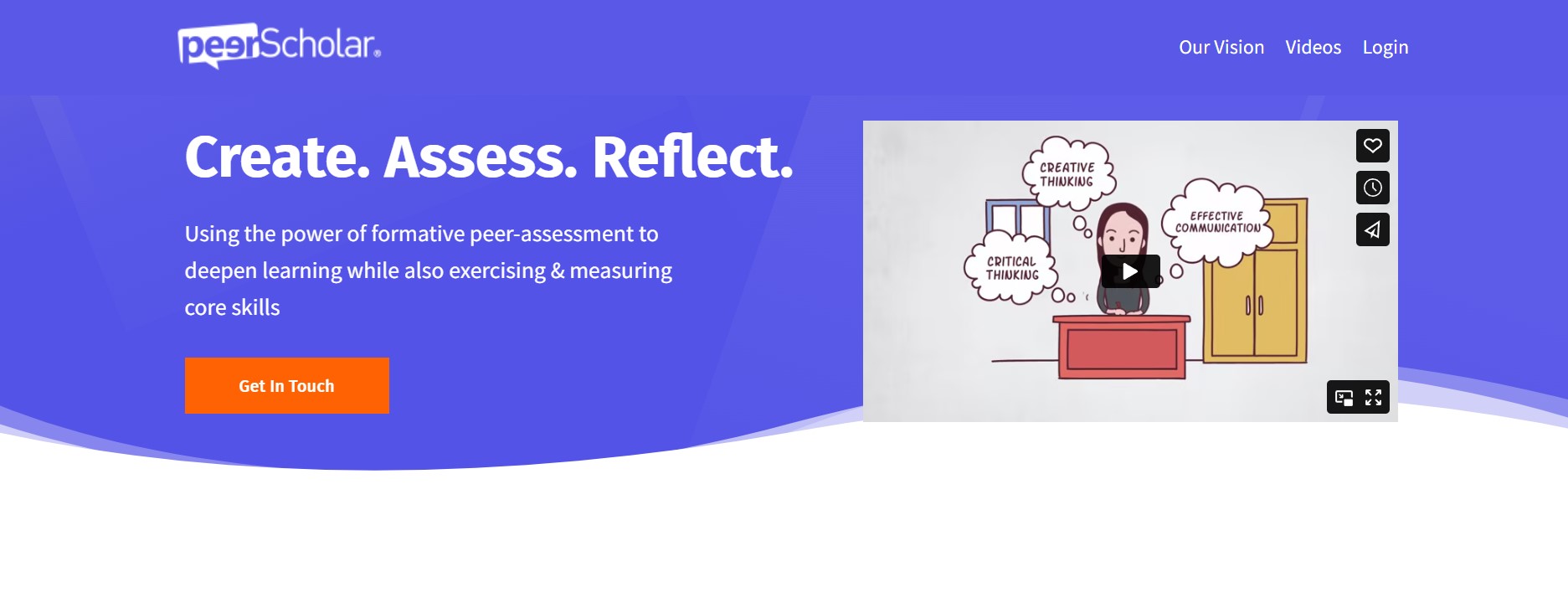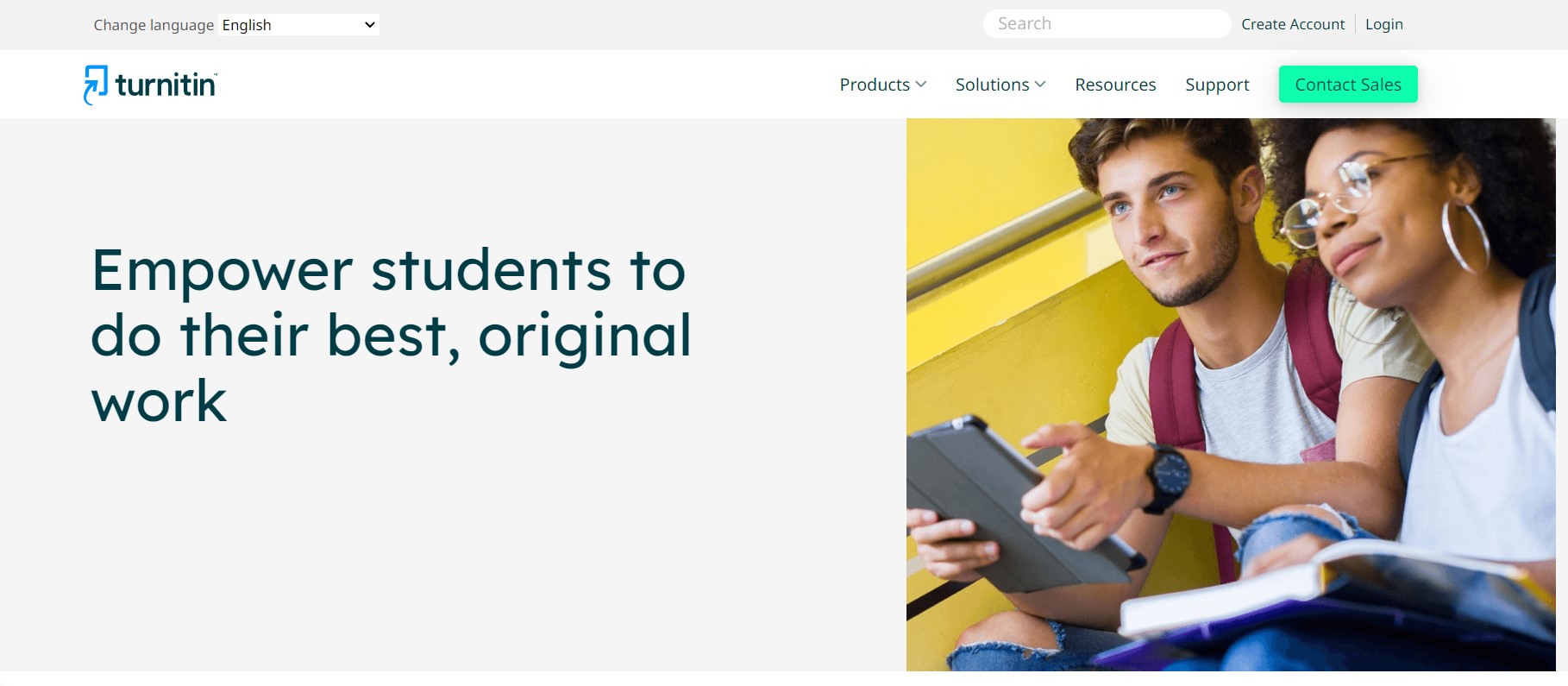In our latest debate, we tackled the topic of AI technologies and their potential to revolutionize education. This is a topic of great interest and importance, as AI is increasingly being integrated into various industries, including education. In addition, Chat GPT is well-versed in the latest developments in this field. In this blog post, we will delve into the potential positive and negative impacts of AI on education. While AI has the potential to revolutionize education for the better, it is important to also consider its potential downsides. By exploring both sides of the issue, we can gain a more complete understanding of how AI can best be integrated into education to maximize its benefits while minimizing its potential drawbacks. By considering both the positives and negatives of AI in education, we hope to provide a balanced perspective on this important topic.

The following video has some informative information about using AI in education and answers the question if AI will make teachers obsolete:
Agree: AI Revolutionizes Education for Better
According to Sushama et al. (2022) learning is a lifelong characteristic that applies to all ages and mentions the growing popularity of distant and online learning, particularly in the post-pandemic era. It also emphasizes the significant role of technology, such as Artificial Intelligence (AI), Machine Learning, VR/AR, and learning platforms in the alternative patterns of learning. There are also many potential benefits of using AI in education. Here are some of the most important ones based on our discussion on the class.
Personalized Learning:
One of the most significant benefits of using AI in education is its ability to personalize learning. For example, DreamBox Learning is an AI-based platform that provides personalized math instruction to students. The program uses algorithms to analyze student performance and create customized learning plans for each student. Many parents reported that their children were struggling with math until they started using DreamBox, which helped them improve their skills and confidence. This can help students learn more efficiently and effectively as they are given personalized instruction that is tailored to their needs.

Improved Student Outcomes:
Another benefit of using AI in education is its ability to improve student outcomes. AI algorithms can analyze student data and identify areas where students are struggling. Teachers can then use this information to provide targeted interventions that help students improve in those areas. This can lead to better academic performance and increased engagement in the classroom.
Enhanced Collaboration:
AI can also enhance collaboration in the classroom. AI algorithms can facilitate group work by identifying students with similar interests or skills and grouping them together. This can help students work more effectively in groups and can lead to better outcomes for everyone involved. For example, Carnegie Learning is an AI-based math curriculum that has been shown to improve student performance. In a study conducted by the RAND Corporation, students who used the program performed better on standardized tests than those who did not. The program uses AI to provide personalized instruction and feedback, helping students improve their math skills. Another example is an AI-powered tool called PeerScholar which is used to facilitate peer review among students. The tool helps students provide more detailed and constructive feedback to each other and lead to better outcomes for everyone involved.

More Efficient Grading:
AI can also make grading more efficient for teachers. AI algorithms can analyze student work and provide instant feedback, which can help teachers identify areas where students are struggling and provide targeted interventions. This can save teachers time and allow them to focus on other aspects of their job, such as lesson planning and classroom management. For example, Turnitin is an AI-powered tool that can analyze student work and provide instant feedback. The tool can identify plagiarism, grammar errors, and other issues, allowing teachers to focus on providing targeted feedback to students rather than spending time on tedious grading tasks.

Disagree: AI may have negative consequences
While there are many potential benefits to using AI in education, there are also some potential negative consequences that should be considered. Here are some of the most important ones:
Dehumanization of Learning:
One of the potential negative consequences of using AI in education is the dehumanization of learning. AI algorithms can provide personalized learning plans and instant feedback, but they cannot replace the human connection that is essential to effective teaching and learning. Students may feel disconnected from their teachers and peers, which can lead to a lack of engagement and lower academic performance. For example, some schools have started using AI-powered chatbots to provide counseling to students. While these chatbots can provide immediate support, they cannot replace the human connection that is essential to effective counseling. Students may feel disconnected from their counselors and may not receive the support they need.
Privacy Concerns:
Another potential negative consequence of using AI in education is privacy concerns. AI algorithms require large amounts of data to function effectively and this data may include sensitive information about students, such as their academic performance and personal information. There is a risk that this data could be misused or hacked, which could have serious consequences for students and their families. For example, in 2019, a school district in Iran used an AI-powered program to monitor student social media accounts for signs of violence, bullying, or drug use. The program raised concerns about student privacy and the potential misuse of student data.
Bias in Algorithms:
AI algorithms are only as good as the data they are trained on. If the data is biased or incomplete, the algorithms may produce biased results. This could lead to students being unfairly disadvantaged or overlooked, which could have long-term consequences for their academic and professional careers. For example, a study conducted by the National Bureau of Economic Research found that an AI-powered job matching platform had a bias against female job seekers. The platform was more likely to recommend male candidates for higher-paying jobs even when female candidates had similar qualifications.
Cost:
Finally, there is a cost associated with implementing AI in education. AI algorithms require significant investment in infrastructure and personnel to operate effectively. For example, the cost of implementing AI-powered tools and platforms may be a significant barrier for many schools and districts, particularly those that are already underfunded. As a result, some students may not have access to these tools and may not benefit from the advantages of AI in education.
Right now, about 63% of students are not interested or involved in school. This means they stop trying to learn before they have the necessary skills to succeed in the future. Scott Bolland talks about how our brains naturally learn and how teaching methods don’t always match up. He also discusses how artificial intelligence could help improve our education system.
Conclusion
In conclusion, there are both advantages and disadvantages to using AI in education. While AI has the potential to revolutionize education for the better, it is important to consider the potential negative consequences. Schools and districts should carefully weigh the potential benefits and costs of implementing AI in education and should work to ensure that the technology is used in a way that is safe, effective, and equitable for all students. By doing so, we can harness the power of AI to improve education and create a brighter future for our students.

